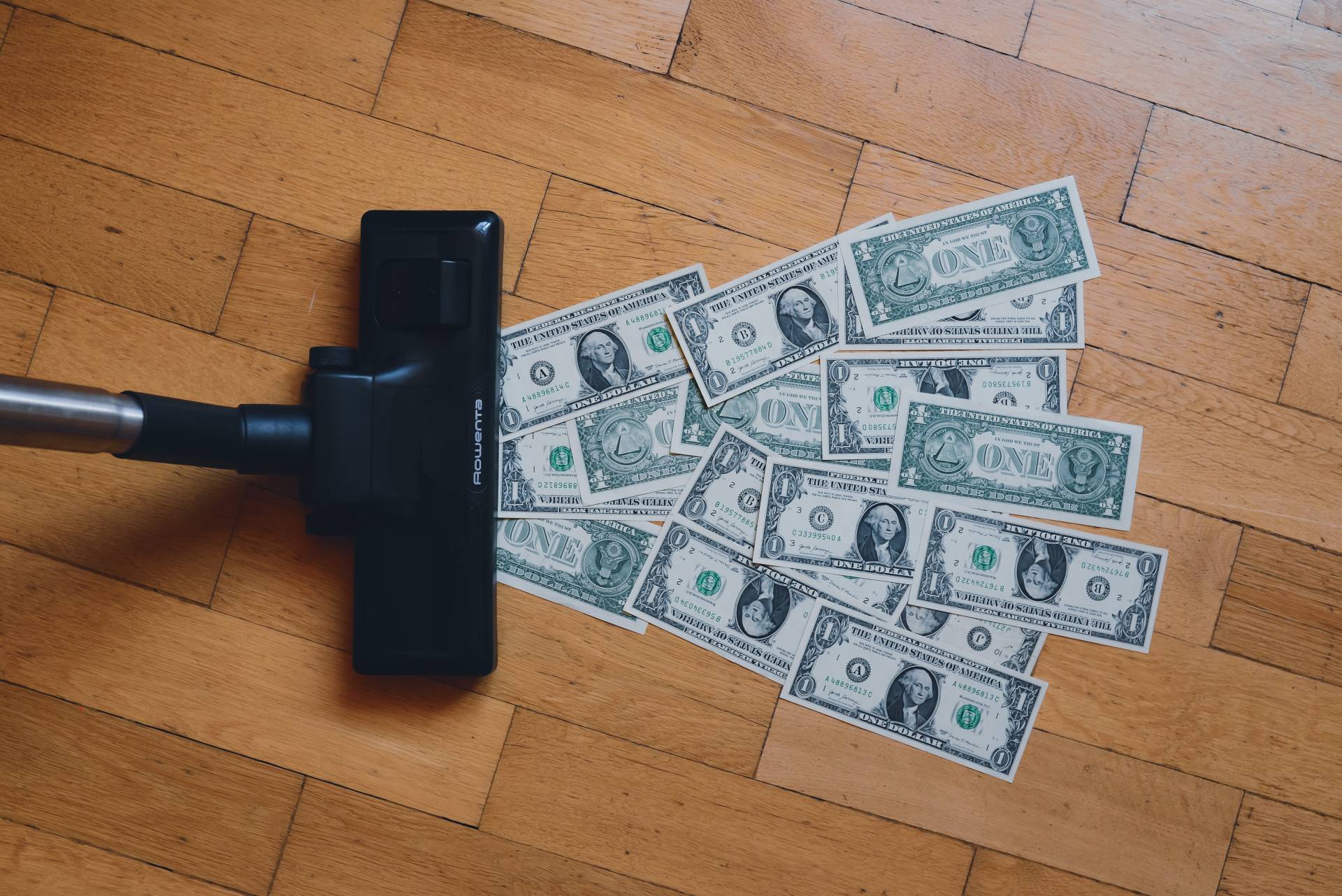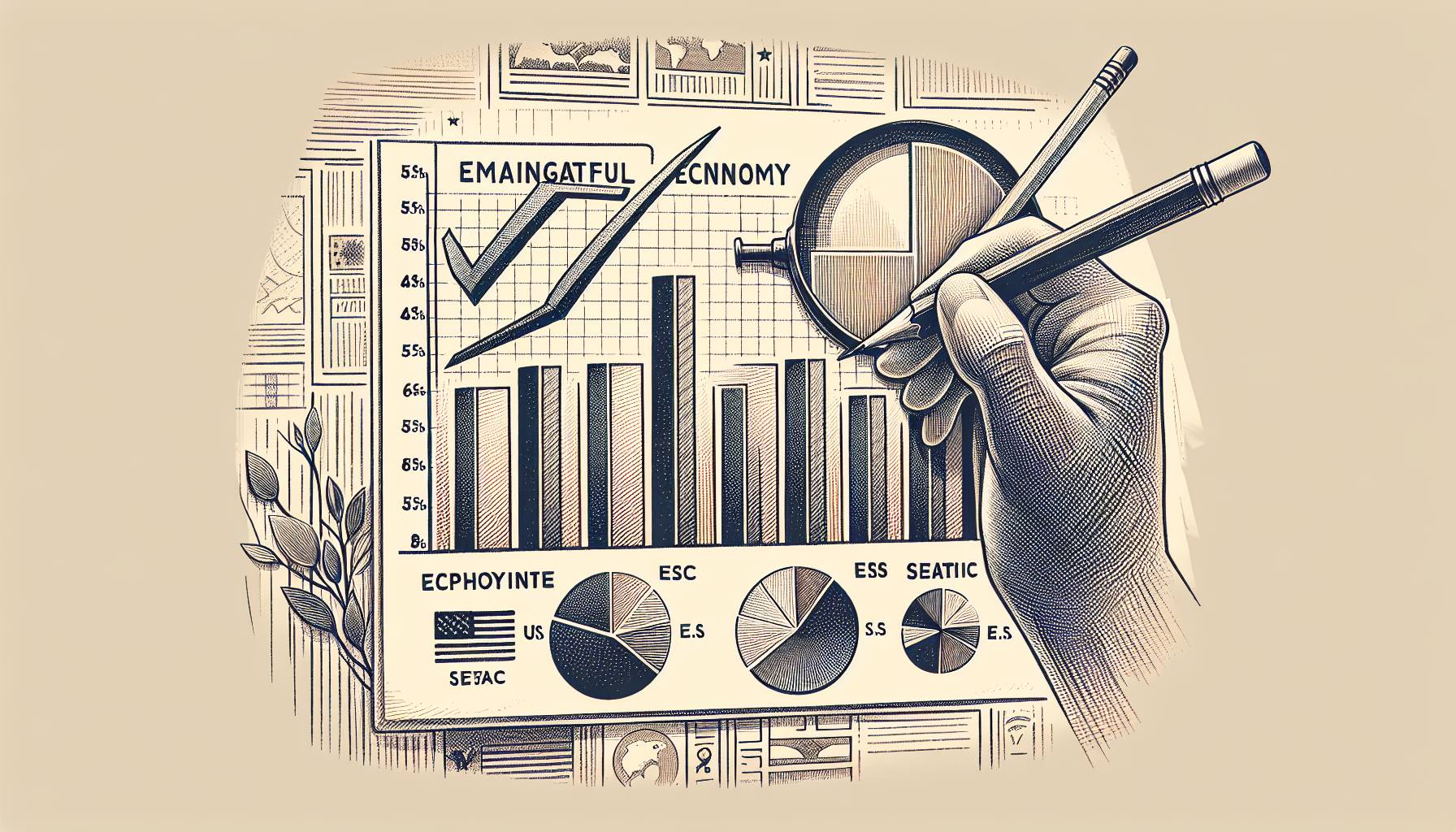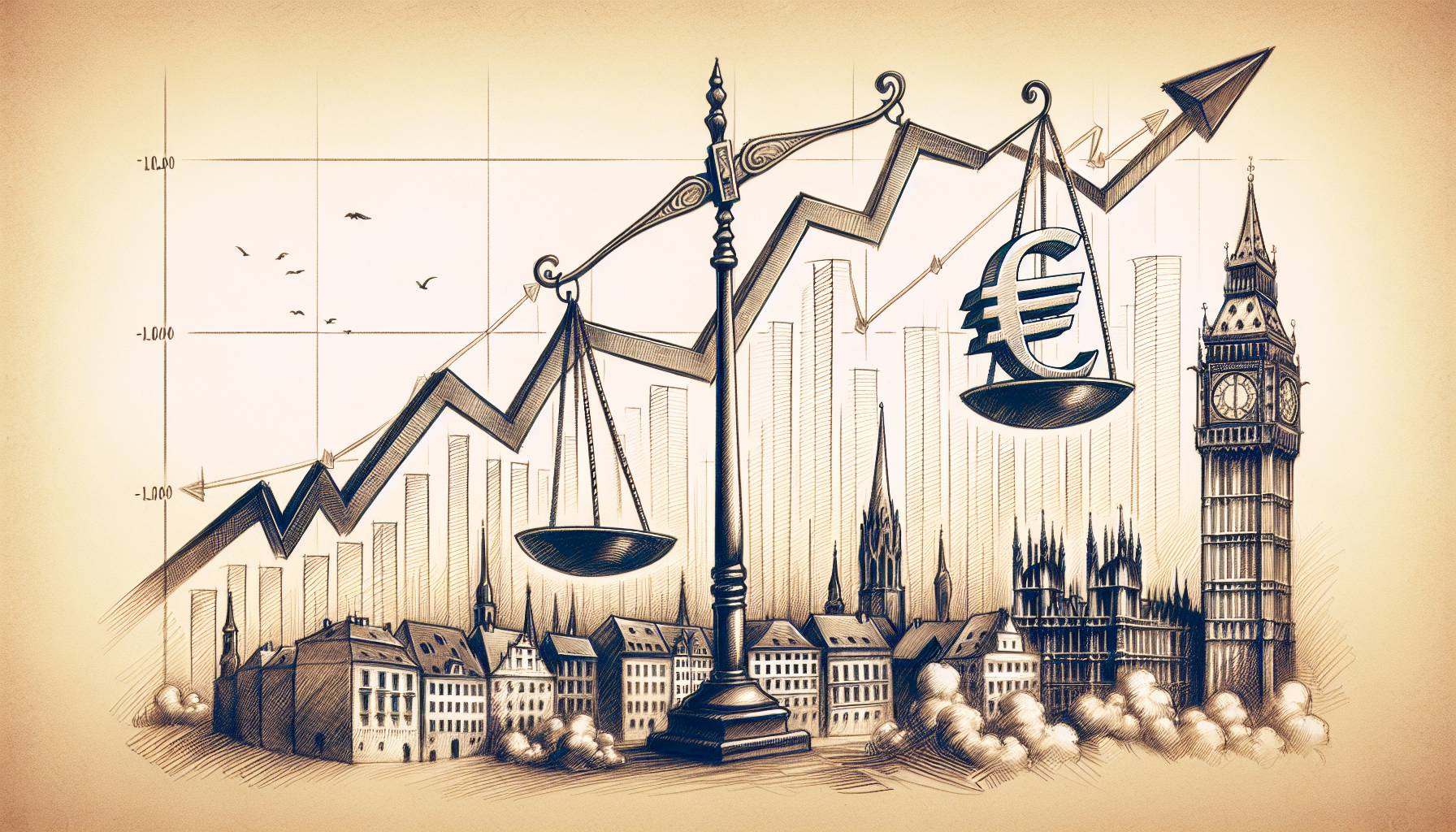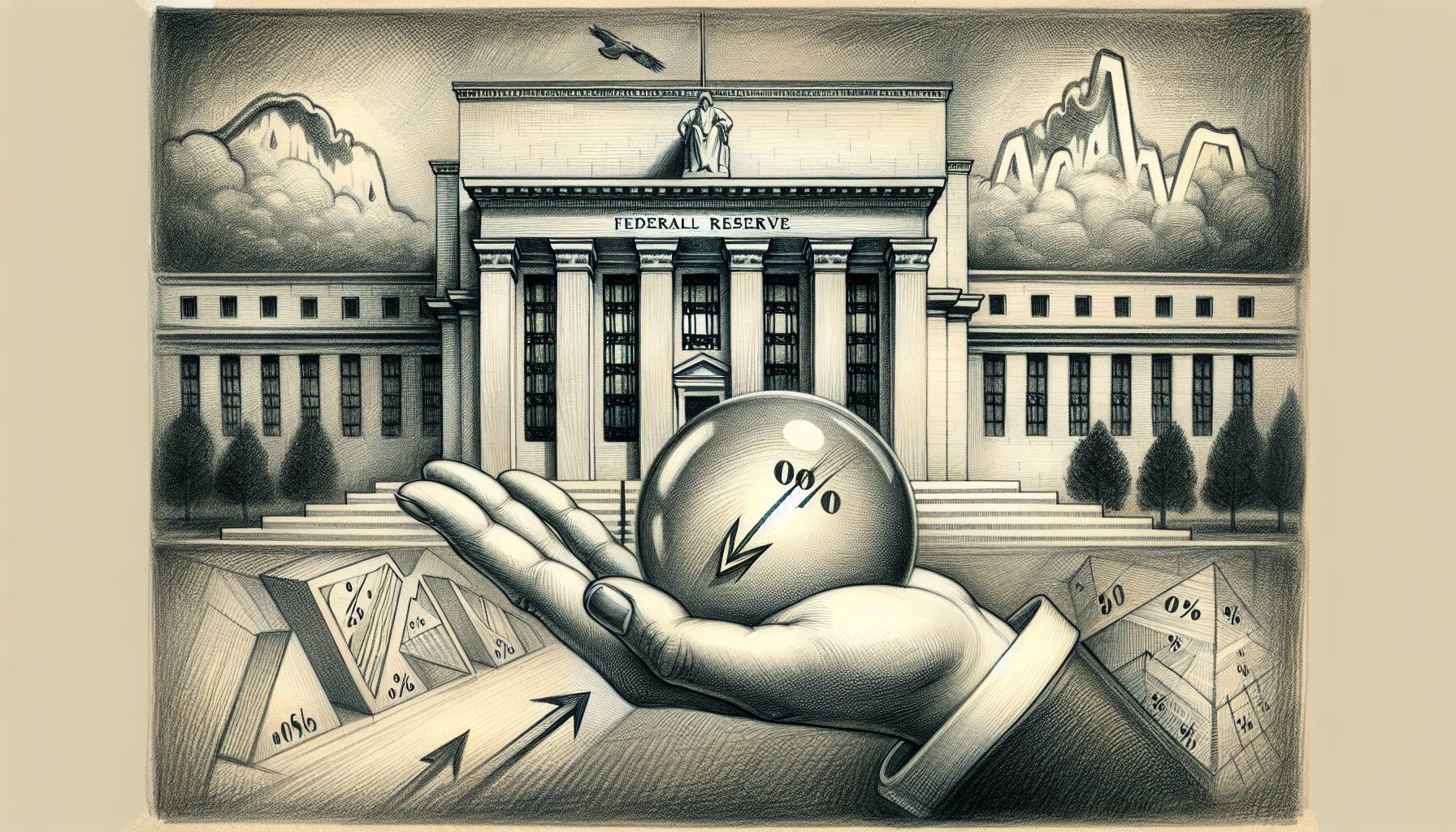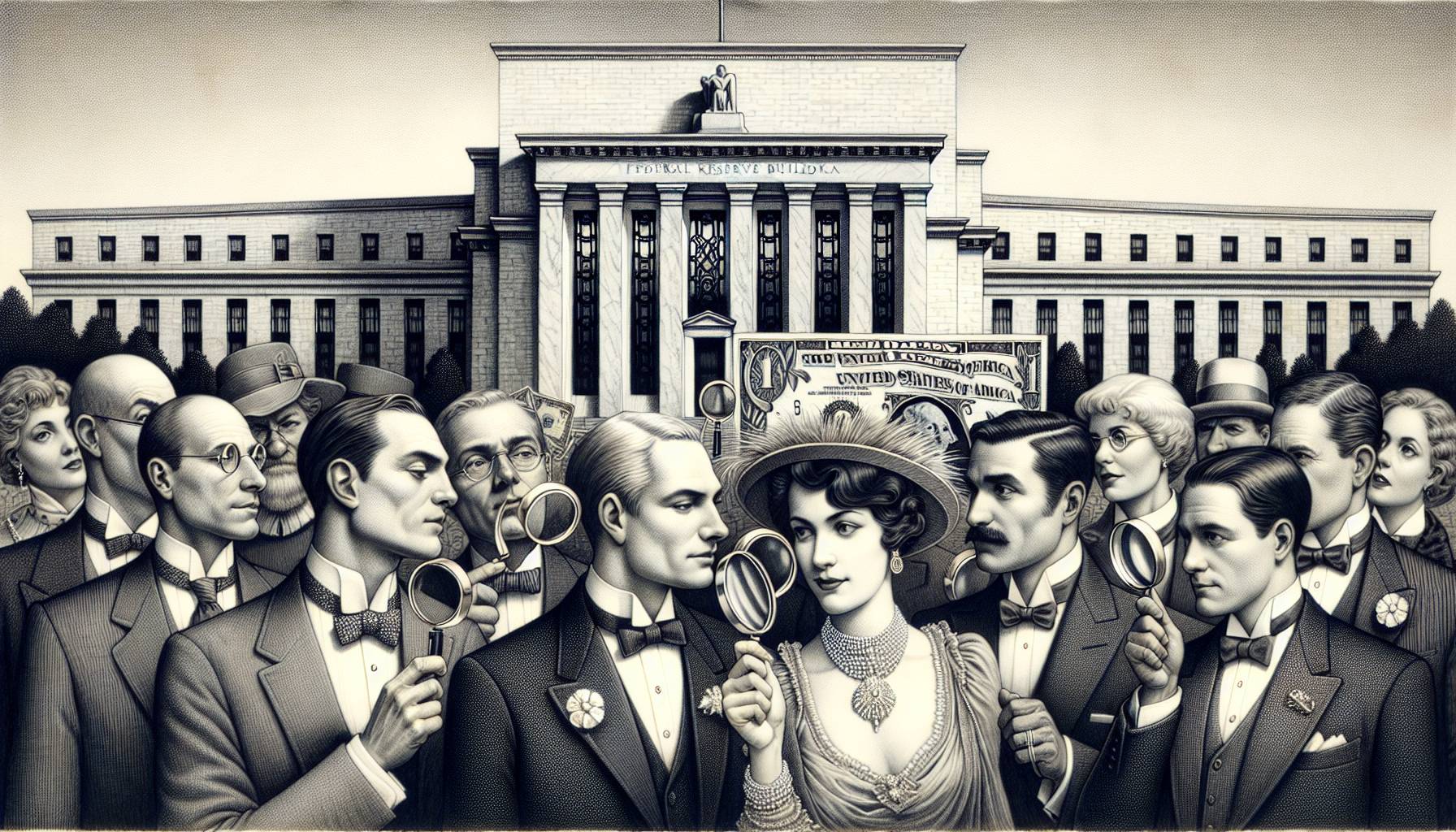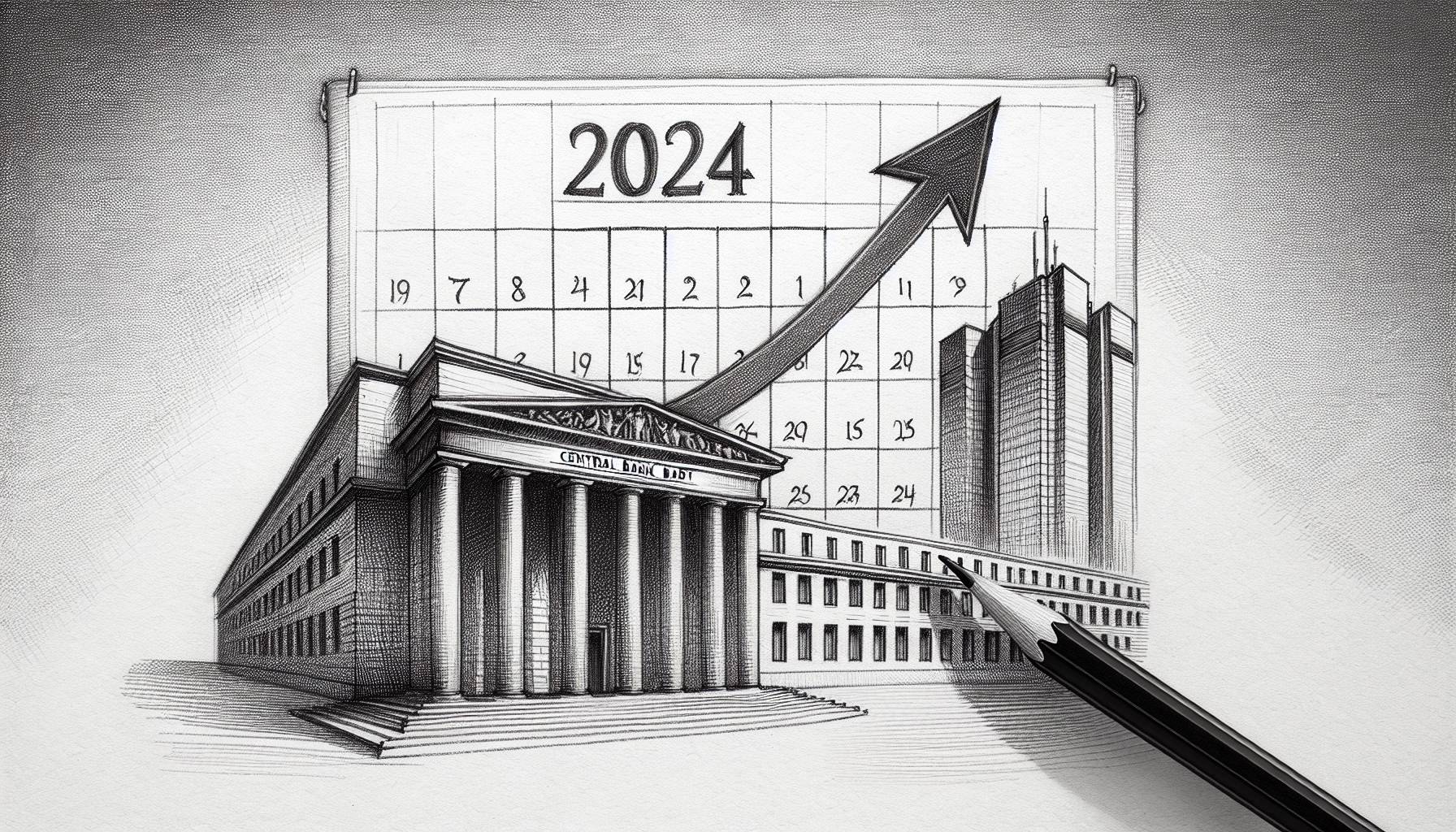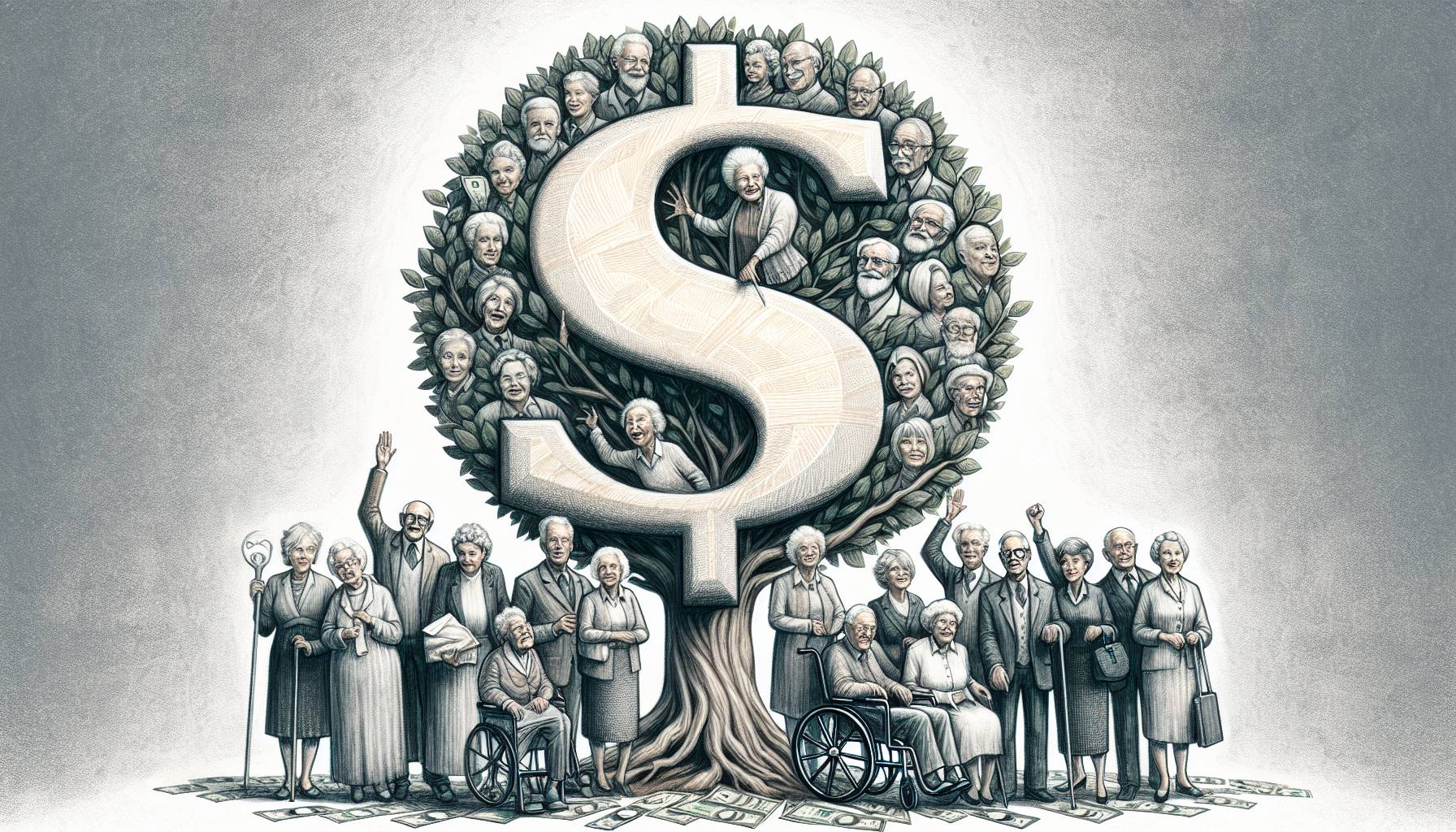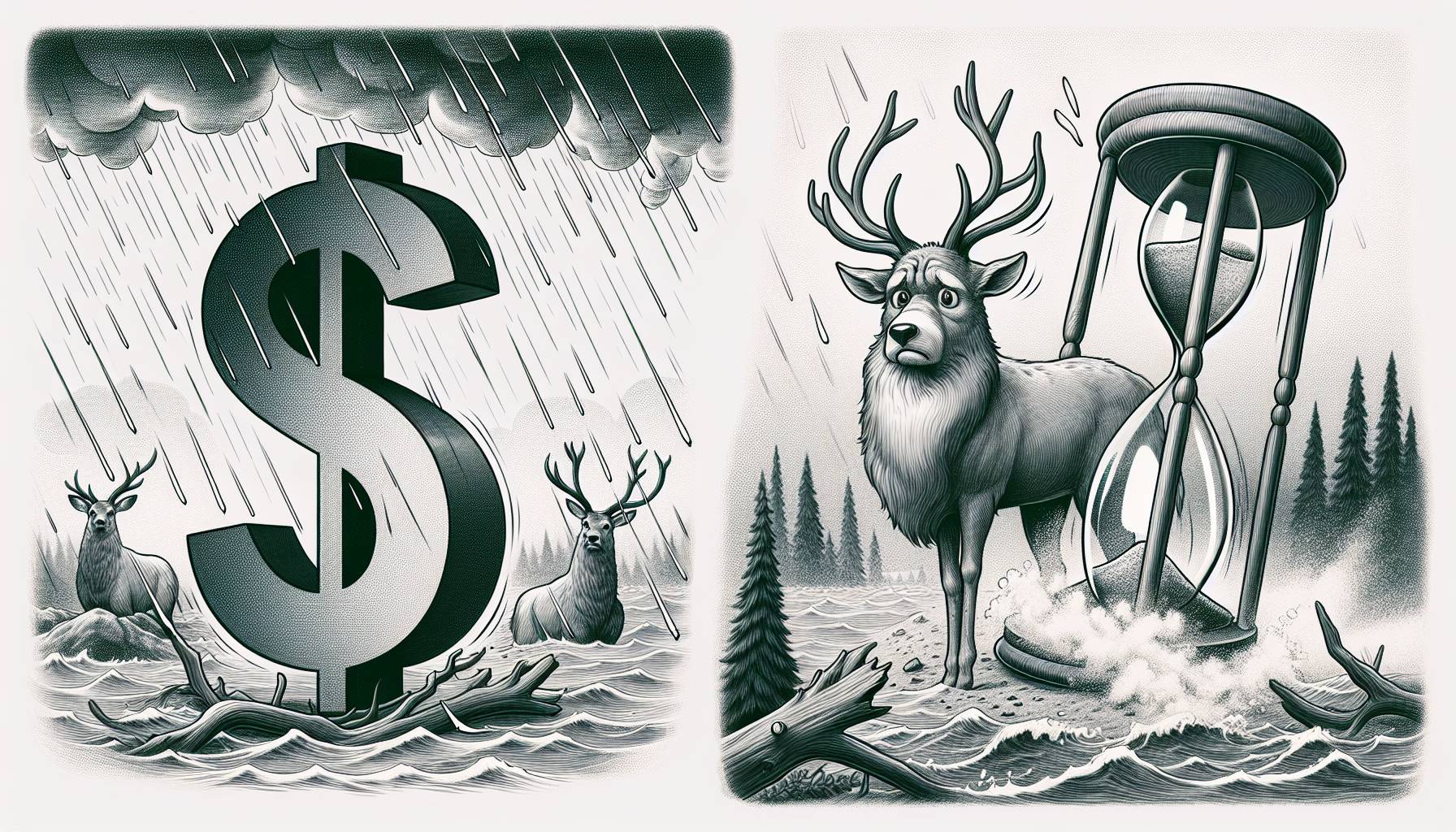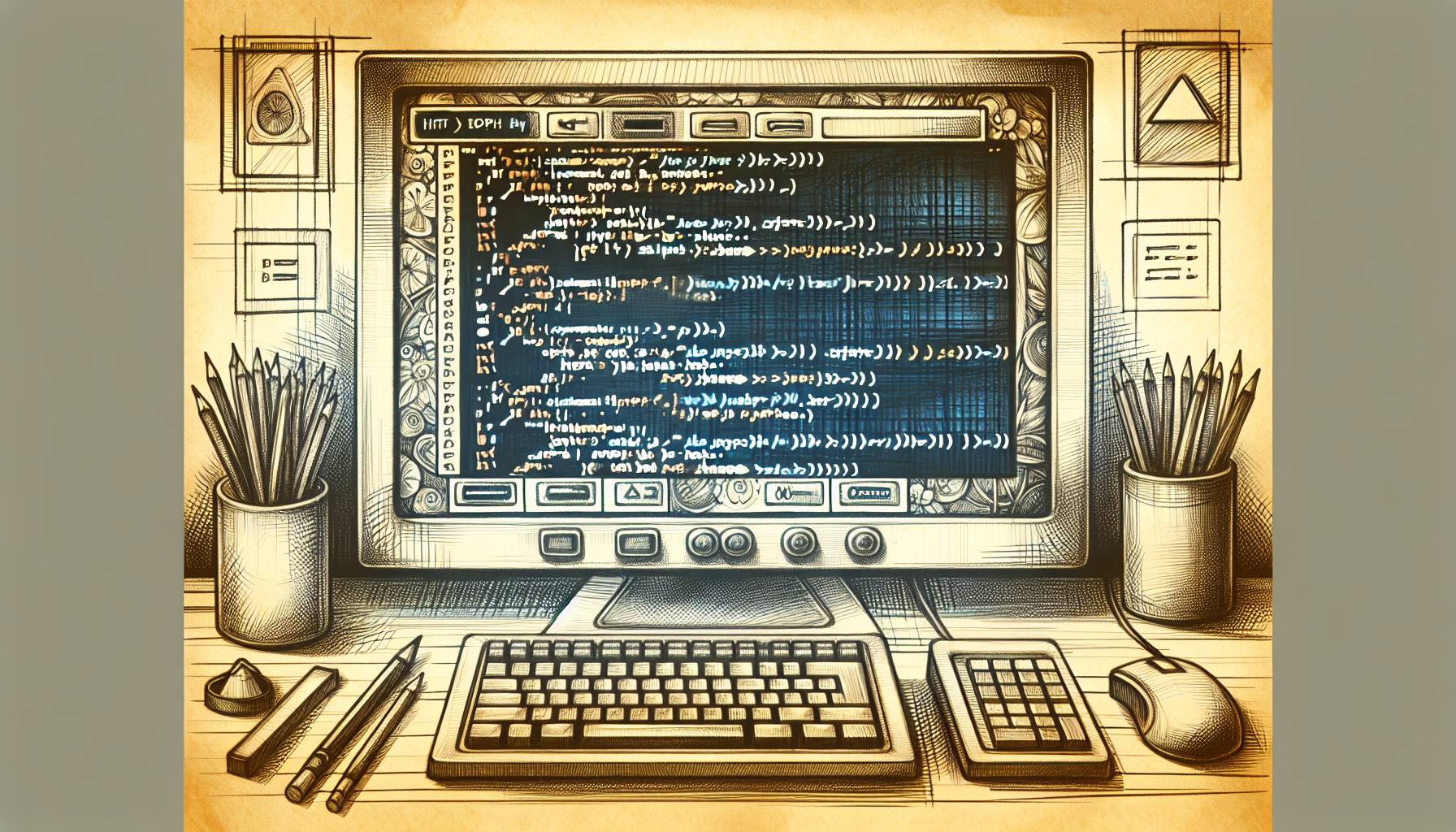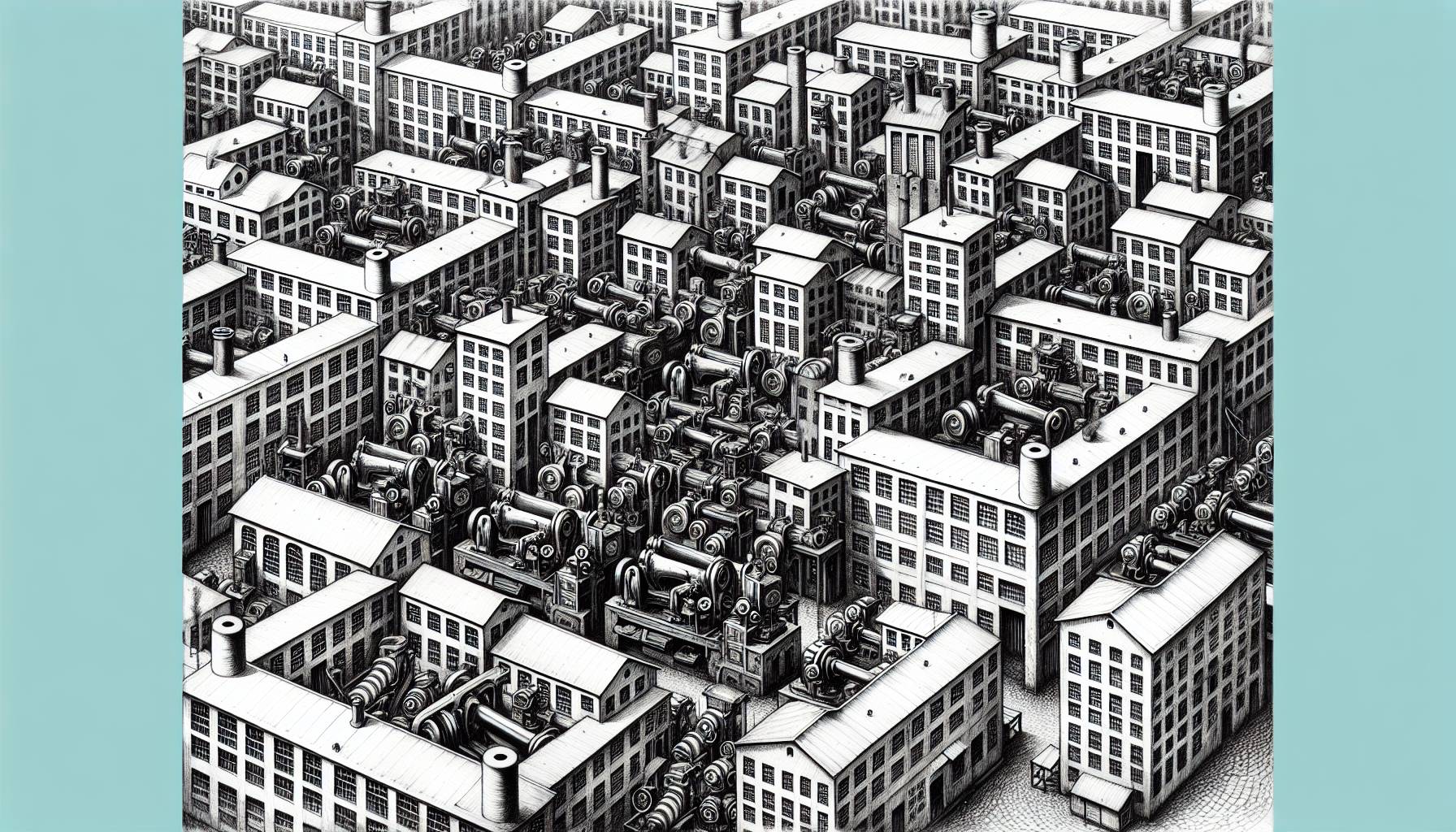In July, the Consumer Price Index increased by 3.2%, according to the Bureau of Labor Statistics, a slight jump from June’s 3% rise. Factors contributing to this increase were higher food costs, with a 3.6% increase in food at home and a 7.1% growth in food away from home prices over the past year. Shelter prices also rose by 7.7%, while transportation services, including airfares, saw a 9% increase. The steady hike in these sectors raises concerns about inflation, pushing the Federal Reserve to consider taking action to stabilize the economy. Prolonged inflation may result in higher interest rates, affecting borrowing costs for businesses and consumers and ultimately slowing economic growth.
Although prices have started to decline from their peak levels last summer, experts predict a slow return to pre-pandemic pricing due to supply chain disruptions and ongoing labor shortages. Mike Pugliese, Wells Fargo’s director and senior economist, highlighted the lengthy recovery process from last year’s high inflation rates. As businesses adapt to these challenges and the global economy stabilizes, consumers can expect a gradual return to normal pricing.
Inflation has spiked due to a variety of factors, including the combined impact of the Covid pandemic and the Ukraine conflict disrupting supply chains, hindering business operations, and increasing prices of various items. Further pressure on prices has come from rising demand for goods, particularly as economies recover post-lockdown, and soaring energy prices affecting production and transportation costs. The pandemic-related fiscal stimulus payments, accumulated spending, and low-interest rates have also contributed to this inflationary surge by increasing demand for goods and services.
The labor market has been challenged by shortages and rising wages as employers try to attract and retain employees during uncertain times. Companies are exploring alternatives such as automation and remote work to mitigate the financial impact of labor shortages and higher labor expenses.
These factors contribute to a cycle of economic growth and inflation which, while providing some benefits, can also lead to rising interest rates and increased living costs for consumers. Policymakers and businesses must work together to ensure sustainable economic development while minimizing inflation’s negative impact on households.
To combat this cycle, the Federal Reserve may raise interest rates, making borrowing money more expensive and thus reducing consumer and business spending and investments to slow inflation. However, recent indications suggest a low likelihood of interest rate reductions this year, implying that further rate hikes may be necessary. Central banks may need to reassess their monetary policy strategies to maintain economic stability and growth in response to a combination of global and domestic factors.
Maintaining a balanced diet and staying physically active, well-rested, and managing stress are crucial for overall physical and mental well-being, as well as enhancing quality of life.
FAQ
What is the current rate of inflation, and what factors contribute to the increase?
In July, the Consumer Price Index increased by 3.2%, according to the Bureau of Labor Statistics. Contributing factors include higher food costs, shelter prices, and transportation services. Ongoing supply chain disruptions, labor shortages, and increased demand due to economies recovering post-lockdown, as well as soaring energy prices and fiscal stimulus payments, have all contributed to the inflationary surge.
How long will it take for prices to return to pre-pandemic levels?
Although prices have started to decline from their peak levels, experts predict a slow return to pre-pandemic pricing due to supply chain disruptions and ongoing labor shortages. As businesses adapt to these challenges and the global economy stabilizes, consumers can expect a gradual return to normal pricing.
How are businesses adapting to labor shortages?
Companies are exploring alternatives such as automation and remote work to mitigate the financial impact of labor shortages and higher labor expenses.
What headwinds are complicating economic recovery?
Inflation has spiked due to the combined impact of the Covid pandemic and the Ukraine conflict disrupting supply chains, hindering business operations, increasing prices of various items, and putting pressure on prices due to rising demand for goods.
What actions might the Federal Reserve take to curb inflation?
To combat inflation, the Federal Reserve may raise interest rates, making borrowing money more expensive and thus reducing consumer and business spending and investments to slow inflation. However, recent indications suggest a low likelihood of interest rate reductions this year, implying that further rate hikes may be necessary.
What can individuals do to maintain their well-being during times of economic uncertainty?
Maintaining a balanced diet, staying physically active, getting enough rest, and managing stress are crucial for overall physical and mental well-being, as well as enhancing quality of life.
First Reported on: nbcnews.com
Featured Image Credit: Photo by rc.xyz NFT gallery; Unsplash; Thank you!

